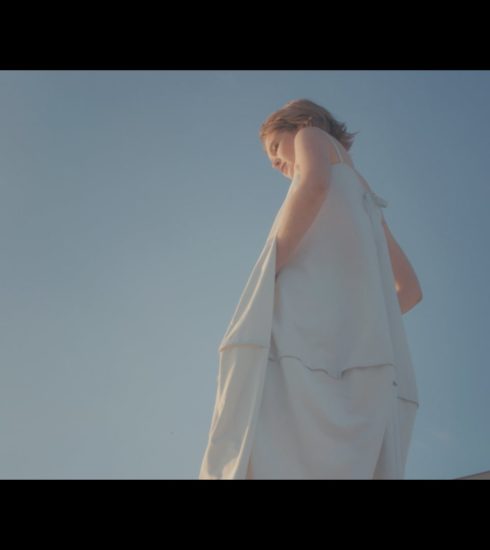rooYa – Technical Presentation – FESCH.TV
FESCH.TV INFORMIERT:
Hello and welcome to technical presentation of the the project „rooyA“.
As an attempt to familiarize my self with dynamic simulations within Houdini, It soon became obviouse the time required to produce such project would get stretched. Plus variaty of technics had to be learnt and developed to overcome some challenges which I’d like to get into in the following sections.
Having a rough idea about the events taking place in the shot, I kick started drawing a simple bent curve. Thanks to a technique shared by the amazing technical artist „Ali Seiffouri“, A series of edits were made to the same curve and all of them merged together to create a nurbs skin surface. Finally a carve node with its „First V“ parameter animated to scan through it, resulting in an organic and smooth motion that’s procedural and quite controlable.
The motion then was mixed with some more manually animated layeres, such as the rolling effects of the stem. To achieve that, A straight curve along Z axis which is deformed by an animated bend node was created, and finally path deformed by our hero curve.
Vellum simulation was utilized to add some touch of realism to the existing stem animation, Also the curve had to be resampled in a non-uniform fashion in order to control the distribution of the petals. For that A simple VEX to interpolate the point positions based of a ramped curveu attribute and primuv functions proved to be effective there.
The curve then equipped with KineFX rigging attributes, plus a simulation pre-roll could easily be generated by the skeleton blend node, Morphing between the rest pose to the first frame of the action visible on the screen.
Next, a series of curves were drawn to create a proxy nurbs patch to drive the rendered geometies of the petals. It proved to be beneficial saving time at simulation stage.
From there, I could model the petals geometries using procedural as well as more classic technics such as sculpting in zbrush. Layers of geometry were added as I went along with handful of trial and errors of course.
The tip of the stem presented a challenge to overcome. The simulation behaved right up untill the point it settled down. I managed to use Kinfx to blend the simulation with the poses created for corrections afterwards, having the best of both worlds.
The egg was started with but a single point, Animated manually and layered with procedural noises for a more natural and organic motion. For the burst effect flying creature was used as collider to tear apart the vellum egg at that particular moment.
For the flying creature, Again I like to start animating with a bunch of curves representing the skeleton of it. getting the proportions as well as principles of animation and lines of actions right before committing to any final mesh, since the sculpted geometry could be deformed via KineFX toolset. And lastly additional growing stems were procedurally modeled and simulated on the wings.
The initial ground burst effect at the beginning was handled by vellum grains, also additional particles were emitted from the stem to populate the environment so it appears denser. Multiple forces and addvections were utilized to drive the flow of the simulation, Giving it that underwater look I was aiming for.
A series of carefully scanned and ceafted pebble assets done by great artist and a friend yasush azush which is available on Visualact.com were picked as instances to be driven by grains and the particle simulation.
A volume as well as a flying dust pass were rendered seperately to later be mixed with the master beauty render to finish things off at compositing stage.
And lastly renders were handled using Arnold Renderer, each frame taking around 20 to 90 minutes to finish. texturing was achieved by substance designer and Arnold’s procedural utilities.
Thanks for watching
Deinen Freunden empfehlen:






